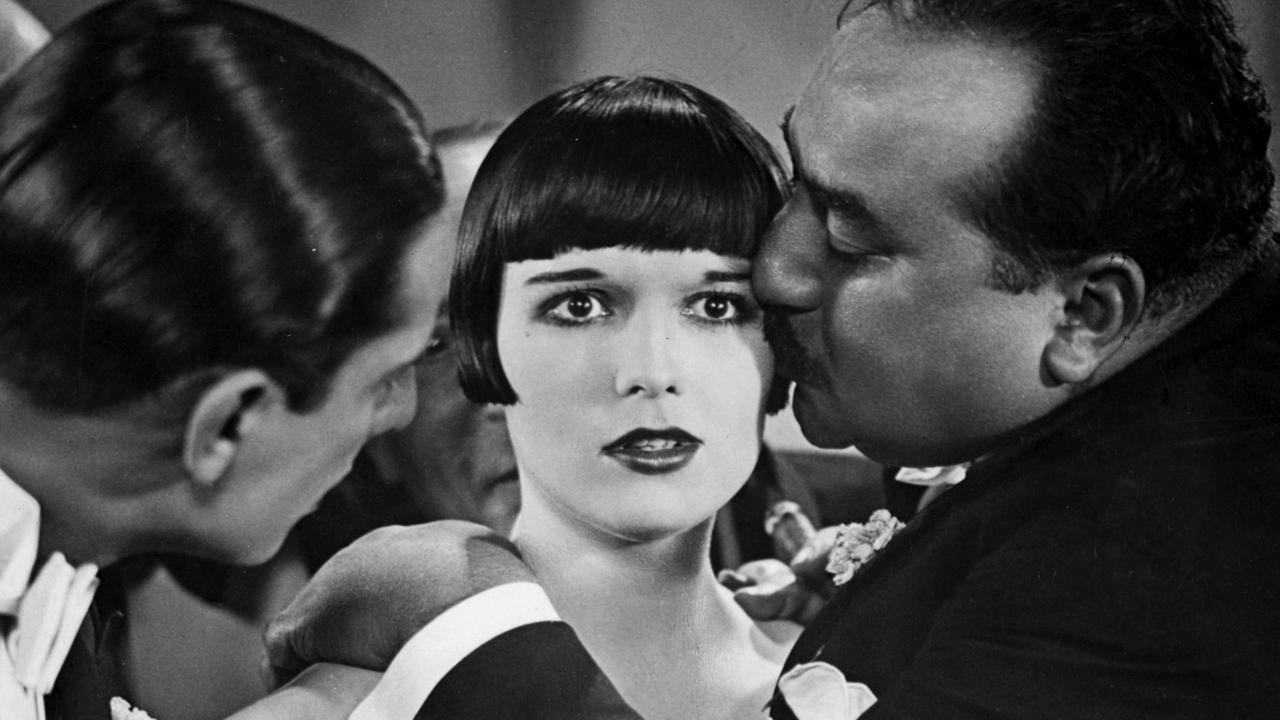Has there ever been an actress as dismissed in her heyday and as celebrated by later generations as Louise Brooks?
Her first collaboration with G.W. Pabst — the essential Pandora’s Box — rankled German critics, many of whom felt the beloved role of Lulu should never have gone to an American, much less “an inanimate dummy” who didn’t know how to be “enough of a whore”.
In Diary of a Lost Girl, their second and final film together, she didn’t fare much better: the film was heavily censored and so edited to incoherence upon its release, with Brooks, in one of the gentler notices, referred to as “monotonous”.
This is at least partially related to the fact that both films drew on well-known source material — Pandora’s Box suffered under the burden of iconic expectation, and Diary of a Lost Girl from the dismissive attitudes towards the blockbuster novel on which it’s based. The challenge of bringing either to the screen were different in type, but the same in result. When you’ve got noted critic Siegfried Kracauer attributing the popularity of your scenario to the enthusiasm of “the philistines of the past generation” for “slightly pornographic” stories about “some prostitutes,” you’re probably fighting an uphill battle for legitimacy.
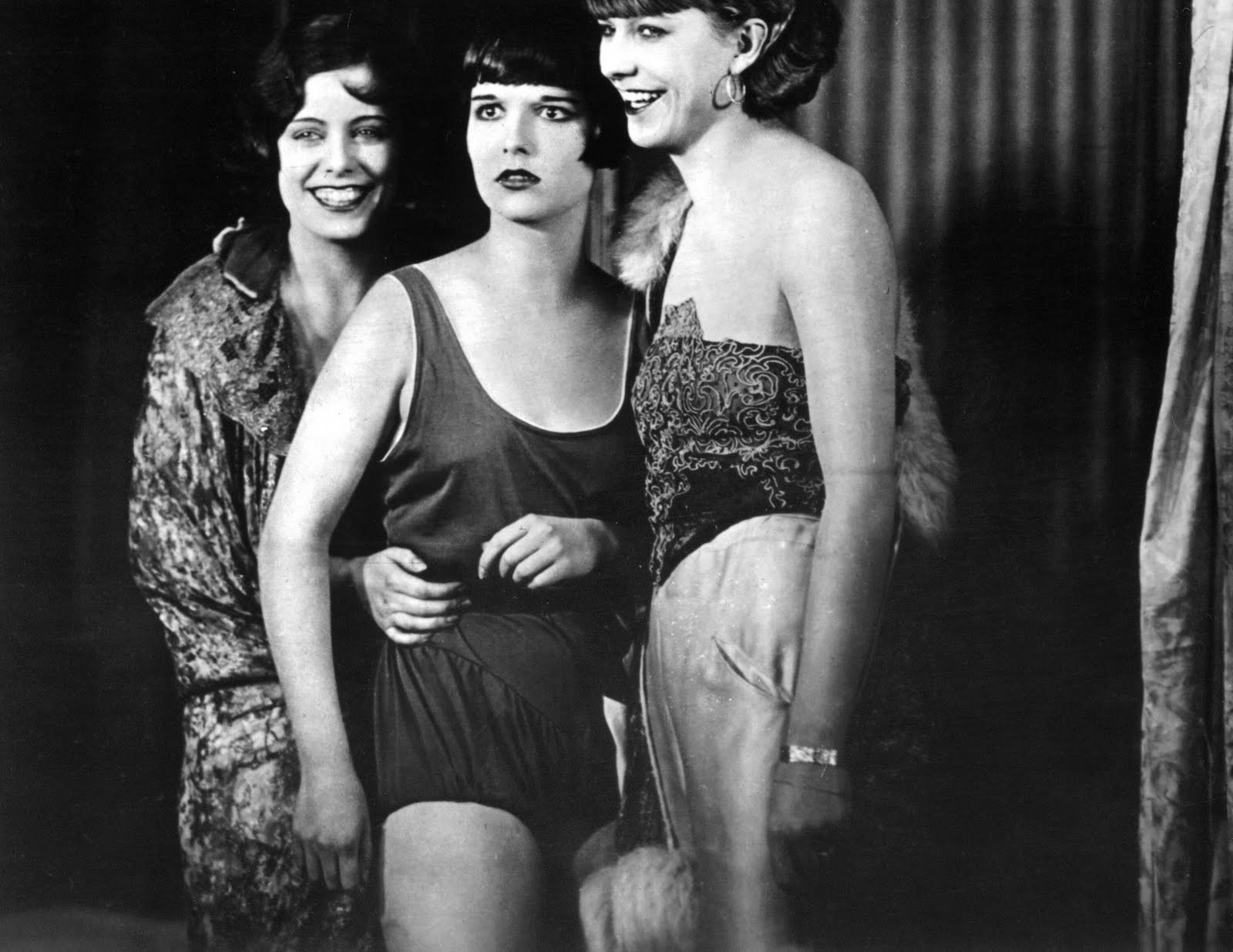
Later generations would tend to agree with the philistines of generations past. If The Diary of a Lost Girl lacks the thrill of Pandora’s Box while still sharing its narrative bloat, it’s an effective, often gorgeous melodrama, carried by the confidence of Pabst’s staging and Louise Brooks’ strikingly modern naturalism.
The story, borrowed from Margarete Böhme‘s salacious first-person novel (cannily marketed as an autobiography, long before the age of Fake News) and crammed into the film’s too-short running time, deals with the trials and tribulations of Thymian (brooks).
The daughter of a pharmacist, she’s “seduced” (read: raped) by her dad’s creepy assistant and ends up pregnant. He refuses to marry her, the baby given away, and she’s sent to a militaristic reformatory lorded over by a barely-concealed lesbian headmaster, a sort of Nurse Ratchet in dominatrix mode, and a sadistic male guard. Pabst’s contempt for the patriarchal underpinnings of polite bourgeois society couldn’t be more clear.
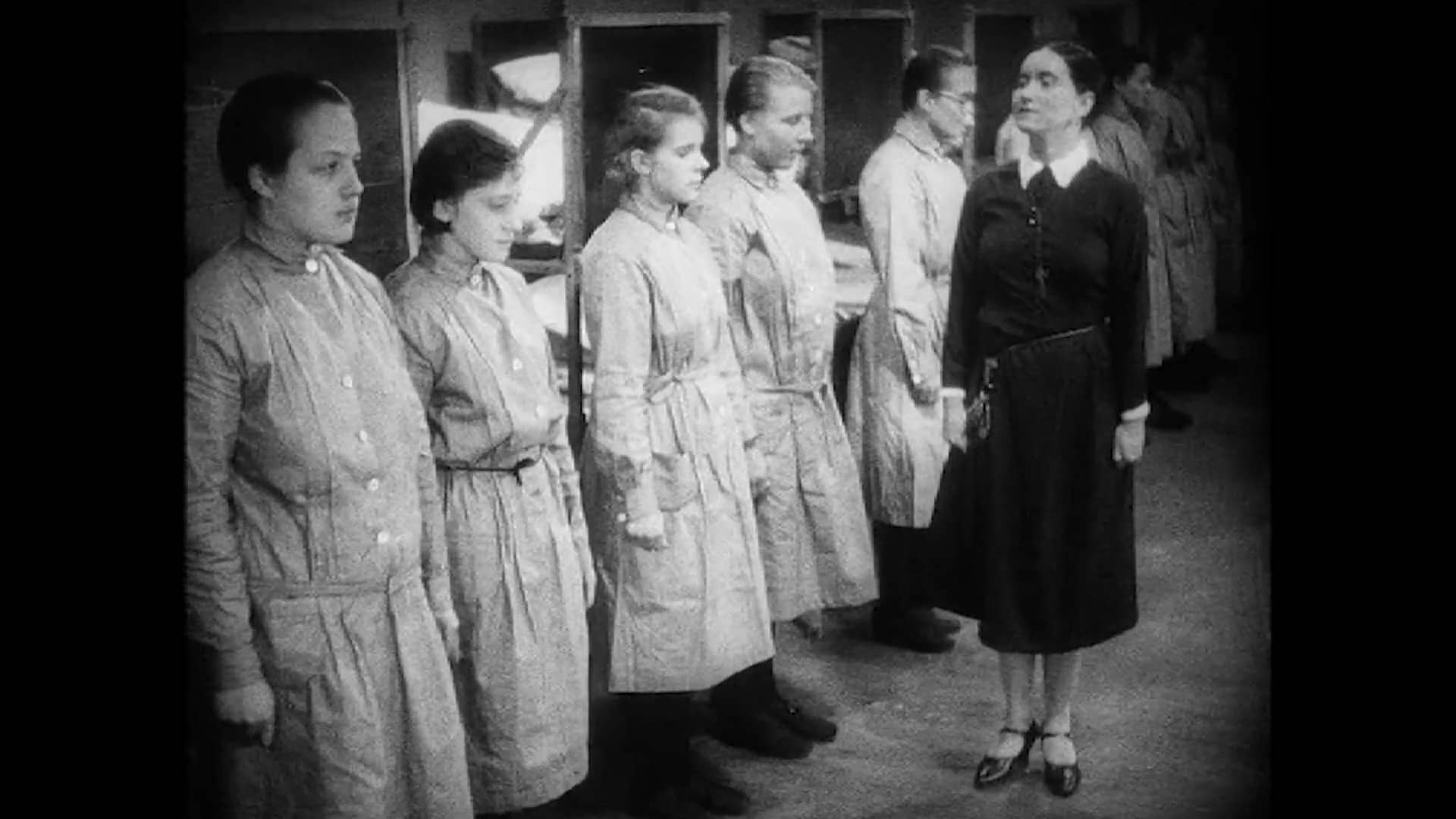
Eventually, Thymian escapes the drudgery of this world of punishment and finds herself instead welcomed into a brothel. Money and wine flow freely, and she lives it up for a while. There’s a genuine sense in the brothel sequences, though, that, even if Thymian is flirting with immorality and scandal, at least here she encounters kindness and the absence of reproach. She forms a family of sorts with the other girls, and with a young, spendthrift Count she’s married, even if that means reconciling her shame at being placed on the margins with her enthusiasm for the possibilities for freedom it provides.
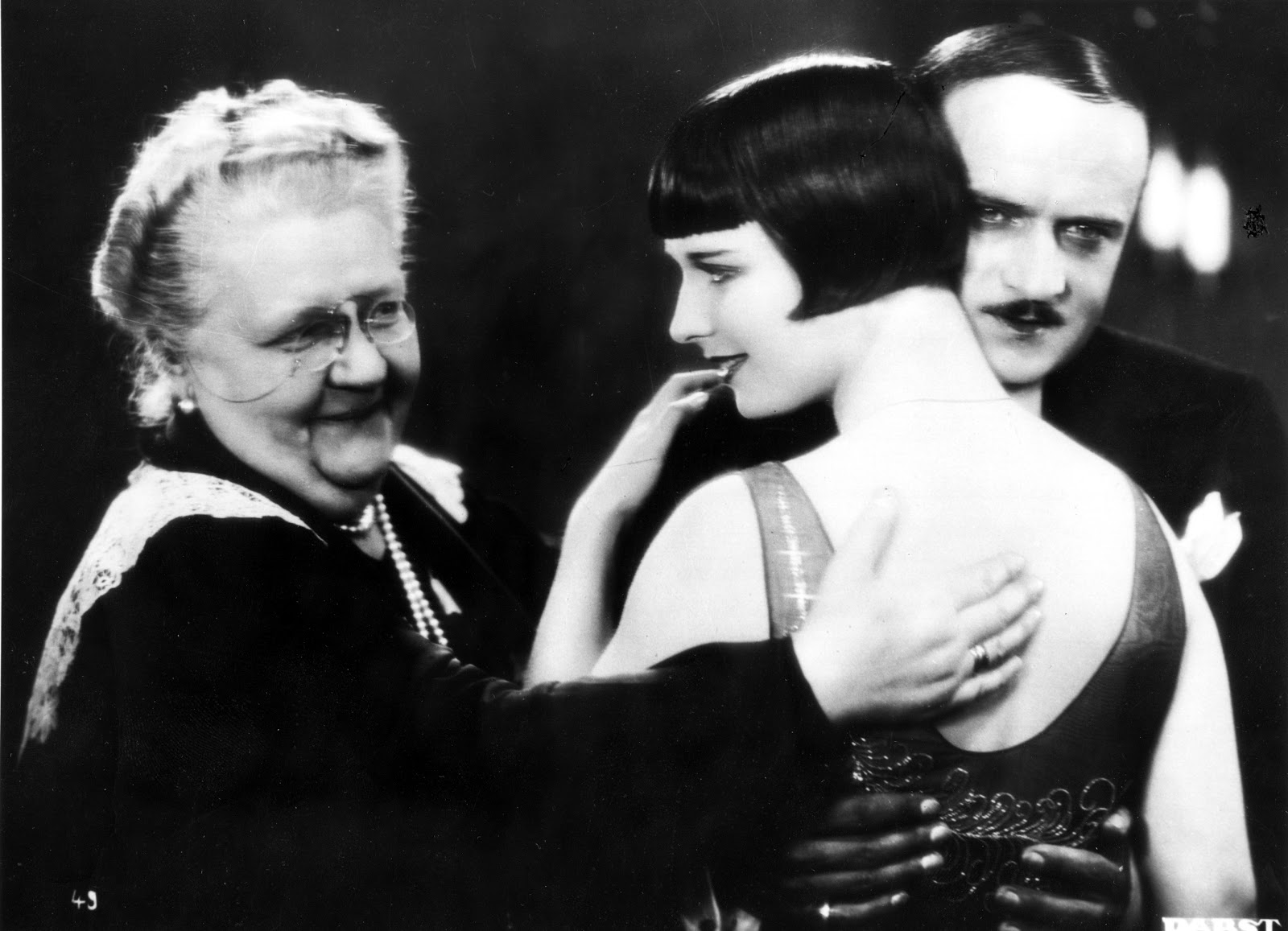
A chance encounter with her father shocks her out of this world too, unfortunately, and she returns to the fold. After his death, she’s heir to the pharmacy fortune (which is apparently a thing that used to happen), but, kindhearted soul that she is, gives away the money to her dad’s wife to help care for her half-sister. (Still with me?) This, in turn, leads her wastrel husband to throw himself literally out the window in despair at the fortune that came and went.
As I said, it’s far too much plot for a film that runs less than 90 minutes.
From here, Thymian’s taken under the wing of her dead husband’s sympathetic father, another Count, and suddenly elevated to a status of privilege. In a twist of fate, she finds herself a member of the aristocratic committee of women dedicated to saving wayward girls, who run the very same death-camp of a reformatory she was once imprisoned in. Realizing this, she makes an impassioned speech, sides with her oppressed sisters, and leverages her newfound social status to advocate on their behalf.

What we have, then, is a moral fable, however much it creaks and groans under the laborious plotting. (It’s hard to imagine what contemporary audiences made of a heavily edited version; it’s hard enough to follow as it is.) But the film’s best moments are its earliest, when Pabst trains his camera on Brooks and just observes her having fun. You have to imagine this was the real scandal and the reason for the censorship: life as a whore, sandwiched between the cruelty of home and the moralizing of the elite, seems Thymian’s happiest time, and no one in film history appears to be enjoying herself as much as Louise Brooks.
Pabst’s best decision is to train the lens on her features and watch. (By way of comparison, have a look at 1931’s Windy Riley Goes Hollywood, a sad footnote to Brooks’ career directed by a disgraced Fatty Arbuckle under a pseudonym, who had no idea what to do with her at all.) Diary of a Lost Girl can easily be read as a meta-text on Louise Brooks’ career itself — banished from home for things that were not her fault, some years in the wilderness, a self-discovery in the pleasure houses on the margins, and some sort of Pyrrhic victory on her own terms. But maybe that’s too much: the film works on its own terms.
It’s also noteworthy that, even if the ending comes off heavy-handed, her Thymian gets the last word here, sticking it to the preachy, self-deluded (wo)Man and firmly aligning herself with society’s cast-offs. In Pandora’s Box, Brooks’ freedom is punished, not just with poverty but with an actual encounter with fucking Jack the Ripper. In Diary of a Lost Girl, the girls stick together, positing their love and solidarity against a hostile world full of hypocrites. That alone makes Pabst and Brooks’ final collaboration a triumph.
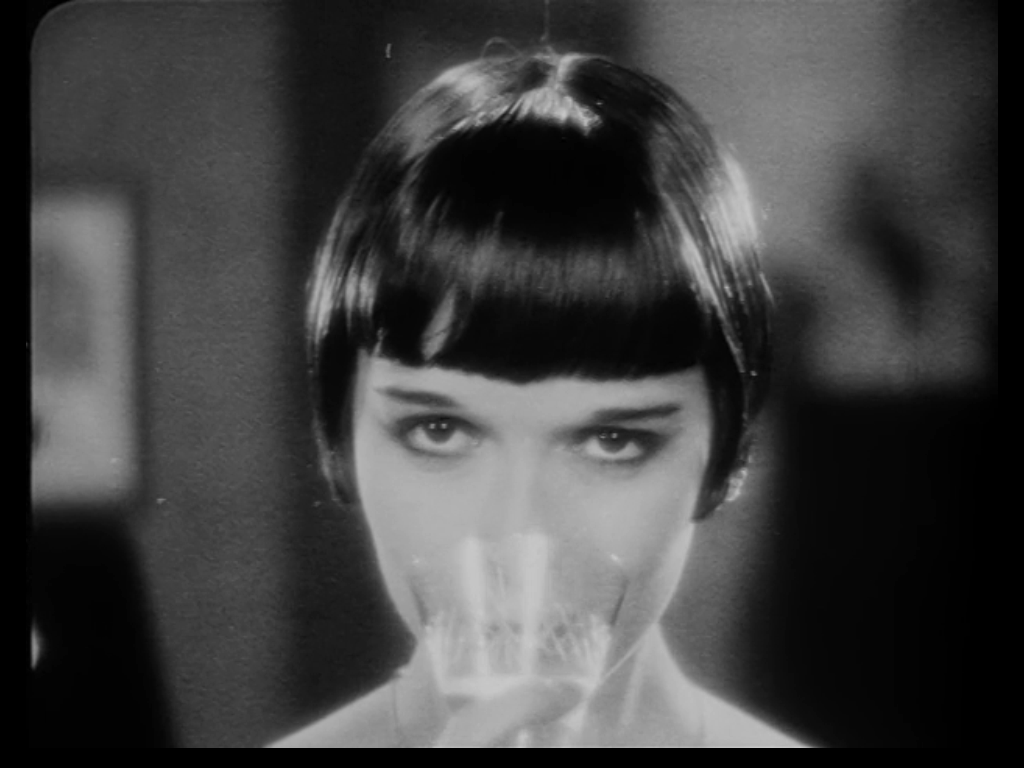
Louise Brooks would continue to make movies through 1938, never equaling the Pabst years, before vanishing, nearly forgotten. She’d be rediscovered by the French (natch) in the 50s, and her characteristically frank, hilarious autobiography Lulu In Hollywood would cause a stir in 1982. Diary of a Lost Girl and Pandora’s Box exist as testaments to a very particular moment in time, when much more seemed possible for a polarizing, brasssy, unapologetic star. At least we still have the movies.
One notable element of the film is that it’s entirely the story of Thymian, just as “Pandora’s Box” was entirely the story of Lulu. Louise Brooks didn’t have a personality or screen presence that lent itself to supporting roles. If both young women are victims, neither is helpless, and the men who would exploit her find their evil turned against them. In a world of cruelty, the Brooks characters stand as enduring figures. How she accomplishes this is the mystery of her acting. “The great art of films,” she wrote, “does not consist of descriptive movement of face and body but in the movements of thought and soul transmitted in a kind of intense isolation.”

